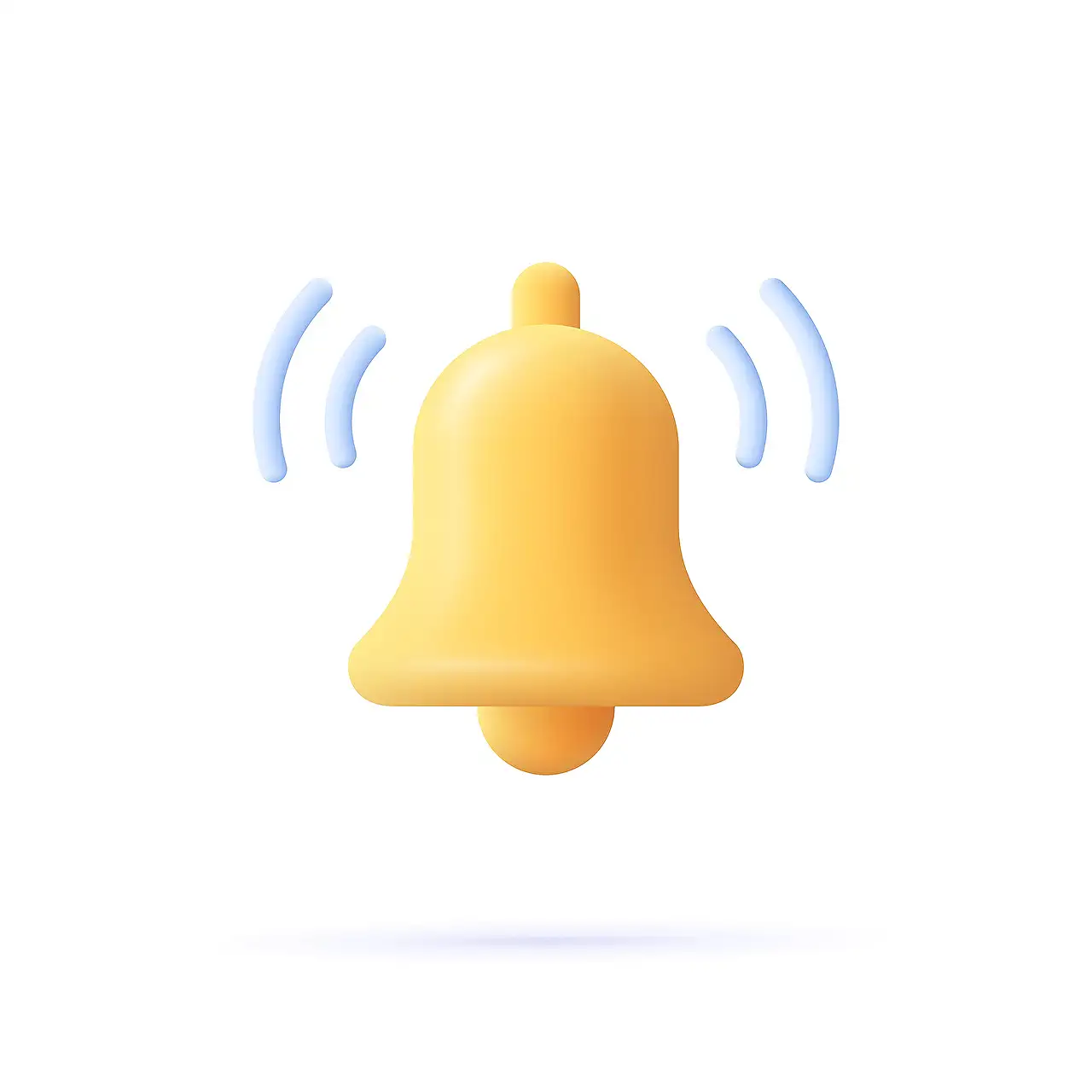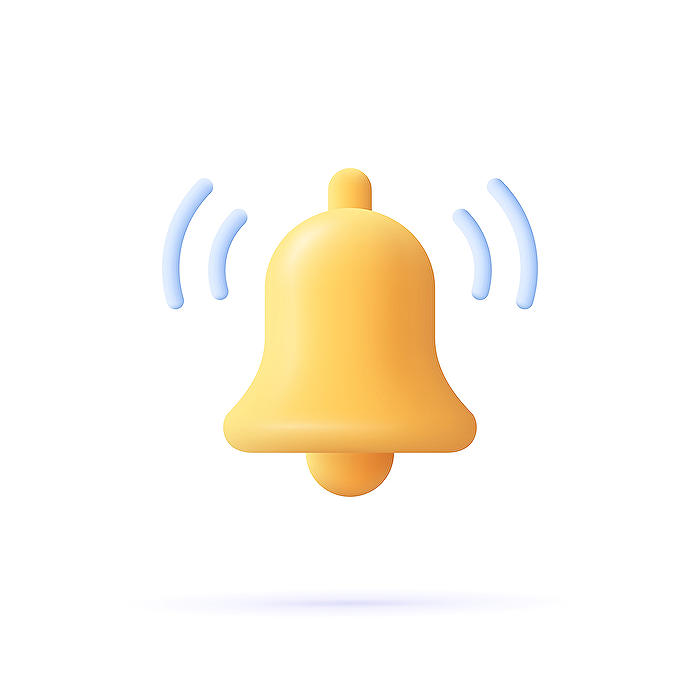
Successful Flow Run Notifications in Power Apps: A Guide
Explore how to trigger user notifications in Power Apps after successful flow runs. Enhance user engagement and app efficacy.
Power Apps: Notifying Users on Successful Flow Execution
Power Apps offer a feature that allows flow notification after its execution, enhancing user interaction with the app by pushing a timely notification of successful email dispatch.
The concept of these Apps is a flow-trigger from within the app itself. The process involves building a flow using the PowerApps Trigger and subsequently utilizing the flow within a Canvas app.
This flow accommodates business-based parameters and aligns with specific requirements. For instance, one can gather data, mold it into an HTML table, and incorporate it into a PDF file enriched with exclusive content and formatting.
The conclusion of the flow process introduces steps that feed data back to the Power Apps application. The last step of the flow or 'scope' can be used to integrate better error handling. The author describes the use of 'Respond to a PowerApp or flow' instruction which he adds twice in parallel branches.
Suited for different conditions, one branch works for a successful flow run, and the other executes if a prior step encountered an error.
Post established criteria of a flow success, comes the configuration of 'run after' on each corresponding flow step. This involves setting criteria for step success and failure accordingly.
The next step requires you to create an output variable with a text type, setting the value to 'true' for successful runs, and 'false' for the others.
The flow triggers based on the user's action on the Canvas app, like a button click. This step is crucial and requires precise formula writing for the flow to execute correctly.
One interesting feature of these flows is the customization of input properties based on the specific flow requirements. After the flow completion, an 'IF' statement is needed to handle output logic based on the flow's 'success' output property.
The app notifies users accordingly, either confirming successful flow execution or indicating an error that requires the system administrator's attention.
In summary, the author outlines an efficient way of interacting with users by communicating their actions in the app.
For more information on Power Apps and their functionality for enhancing user interaction, you can visit here.
Further Insights on Power Apps
Power Apps have revolutionized the way users and applications interact. They exploit the power of data-driven applications seamlessly. By allowing notifications when a task is completed successfully, they amplify the user experience. Aided by user-friendly features like customizable input properties, these applications are transforming the way we perceive interactivity within an app.
Read the full article Notify users in Power Apps when a flow has run successfully

Learn about Notify users in Power Apps when a flow has run successfully
Power Apps provides a versatile platform for creating applications that cater to business requirements. It offers a unique feature of notifying users when a flow has successfully run. While these flows may be different, based on individual requirements, the concept remains the same - to send back a notification to the user once the execution is completed.
To implement this, we create our app-specific flow. The steps within this flow would be aligned to specific tasks relevant to the business. For instance, in an example included in the original blog post, the author describes a flow they've created that takes some data and puts it into an HTML table, which then gets transformed into a PDF with added content and formatting.
Any data collected during these tasks is then sent back to the application. If you are looking to use scopes for enhanced error handling, this can be fixed in the last step of the flow. Two branches are added - one for a successful flow run and the other for an unsuccessful run.
Being able to define when each of these steps is run is essential. To set this, we need to configure the 'run after' setting on each of these steps - one where the previous step ran successfully, and the other where it didn't. This option can be found on the respective flow step, under the 'configure run after' option. You can now create an output variable (of type text) for each flow, giving them respective values of 'true' or 'false.'
Once set, the fun part begins - integrating this flow into our Canvas app. The way to do this is to set it as an action of a button. When the button is clicked, it runs the flow. This implies that the OnSelect property of the button has now been assigned to your flow.
When it comes to running flows that return data to your application, the syntax is generally different. This means you would need to provide the flow with inputs and also inform Power Automate about the action you want to take based on the output it provides. So basically, you're using an IF statement to define what happens when your flow runs and returns either a 'true' or a 'false.'
This allows you, in simple terms, to notify your users whether the flow ran successfully or not. When the value returned is 'true,' you notify the users about the successful run and, if not, you let them know it was not successful. This can be customized based on your application’s requirements.
Despite the complexity, the process is made easy by Power Apps. It ensures that as a user, you are informed about every action taken in your application, contributing to an improved user experience.
More links on about Notify users in Power Apps when a flow has run successfully
- "Success" Message after a flow run - Power Platform Community
- Feb 22, 2021 — I've had a look at the Notify function in Power Apps but I don't know how I would be able to implement that alongside the flow.Run() function.
- Notify users in Power Apps when a flow has run successfully
- Jun 29, 2022 — Simply click on the elipses on the flow step you want to configure and select configure run after. Then select the first check box for the step ...
- PowerApps: Notify user after succesfull run of flow
- Dec 9, 2022 — I have a Canvas PowerApps which runs a flow on click on a button. The Flow is responding with True in case it was successfull and False if ...
Keywords
Power Apps notifications, Successful Flow Runs, Flow Notification in Power Apps, Power Apps Flow Status, Update Power Apps Users, Activated Flows Power Apps, Power Apps and Flow Integration, Power Apps Flow Run Alerts, Power Apps Flow Completion, Successful Flow Notifications in Power Apps.